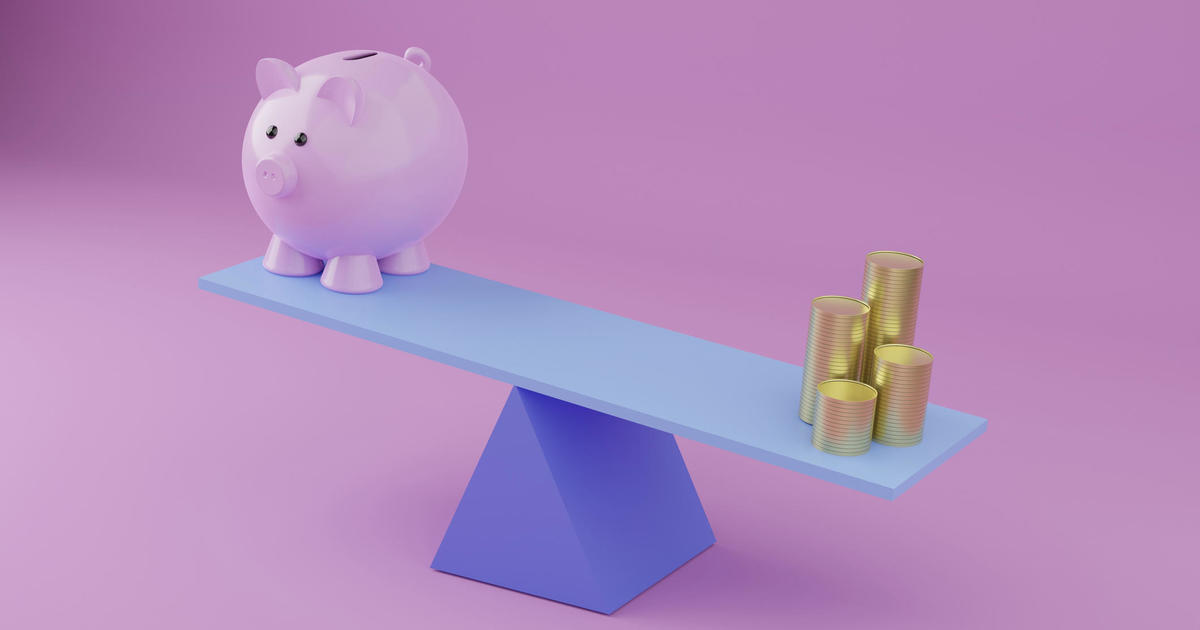Debt relief vs. bankruptcy: Which option is right for you?
If you're trying to pay off high-interest credit card debt, the process can feel like an endless cycle of stress and mounting interest charges. And, that's especially true right now. The Fed rate hikes that occurred over the last couple of years have caused credit card interest rates to climb, so if you're carrying a balance from month to month, it can be hard to make a dent in what you owe.
And, in some cases, those mounting interest charges can cause your finances to spiral out of control. If that's the case for you, there are options, like bankruptcy and credit card debt relief, that can help. Both options aim to help you resolve issues with overwhelming debt, making them worth considering when you can't tackle your debt repayments on your own.
However, they go about it in very different ways. In turn, it's important to understand the key distinctions between the two options so you can make an informed decision that aligns with your goals.
Learn more about your top debt relief options online today.
Debt relief vs. bankruptcy: Which option is right for you?
So which path is the better solution for your unique circumstances: debt relief or bankruptcy? Here's what you should know.
Is debt relief right for you?
If you're overwhelmed by your payments on high-interest credit cards, debt relief programs can offer a way to pay off those balances without filing bankruptcy. But these services won't be the right solution for everyone.
In general, debt relief tends to be best when:
Your debt amount is manageable
Credit card debt relief tends to make the most sense for those who owe a manageable amount of debt. After all, the goal of debt relief is to lower your overall payment to an affordable amount based on your budget and situation. But if you find that you owe a lot more on your credit cards than you can feasibly repay, even after your interest rates are reduced or your principal balances are lowered, bankruptcy may provide more sweeping relief.
Find out how debt relief could benefit you now.
You have assets to protect
Debt relief services don't require any legal filings or interventions. These services simply work with you to find a feasible way to pay off what you owe, whether that's with a debt consolidation loan, credit card debt forgiveness or a debt management plan. In turn, this route avoids bankruptcy's asset liquidation rules, meaning that you can keep your assets, like homes, cars, retirement accounts and other valuable possessions.
You need to use credit
While your credit score typically takes a temporary dip when entering a debt relief program, it starts rebounding far more quickly than it would if you were to file for bankruptcy. This gives you the option to use credit responsibly after your score recovers.
You want a more affordable approach
While bankruptcy provides more immediate relief, the legal fees can add up quickly, and you'll owe many of them upfront. Debt relief programs, on the other hand, do not charge upfront costs. In fact, there are laws prohibiting them from doing so.
Debt relief charges are instead assessed as either monthly costs or as a percentage of the enrolled debt (depending on the service you enroll in). And, these charges tend to be significantly lower than what you'd pay for bankruptcy.
You prefer a gradual approach
In general, the debt relief process takes a few years on average, though it depends on numerous factors, including the amount of debt you owe and how much you can afford to put away each month to pay it off. In turn, debt relief typically unfolds at your pace as you regain your financial footing over time.
Is bankruptcy right for you?
In some situations, bankruptcy provides unmatched debt elimination despite its serious trade-offs. Bankruptcy can make sense if:
Your debt load is crushing
Bankruptcy can give you breathing room when you're overwhelmed by significant amounts of credit card debt — and while there is no hard and fast rule for how much you should owe before filing for bankruptcy, it generally makes the most sense when you owe tens of thousands of dollars or more.
And, because you can include other types of debt, like medical debt or other unsecured debts, bankruptcy is typically best to get relief when you have multiple types of debt that far exceed your means.
Your credit is already badly damaged
Bankruptcy can negatively impact your credit score for between seven and 10 years, on average. Damaging your credit for the long term may not make sense if you have good or marginal credit and owe just a few thousand dollars to your credit card company. In these cases, you may be able to repair your credit relatively easily. But If your credit is severely impaired already, bankruptcy may be less impactful.
You want a quicker resolution
While damaging, the upside of bankruptcy is resolving debt burdens rapidly. You can generally resolve your debt much faster by filing for bankruptcy when compared to a debt relief service.
You're facing wage garnishment or foreclosure
Bankruptcy's legal protections stop creditor harassment, wage seizures, accounts being levied and foreclosure proceedings. So, if you're facing these types of issues, it can make sense to opt for a bankruptcy filing over debt relief.
The bottom line
When facing insurmountable credit card bills, objectivity is crucial to finding the right path. As you decide between bankruptcy and debt relief, be sure to carefully assess your full financial situation and long-term goals. And, if you're still unsure of the route to take, it may help to speak to a certified credit counselor who can provide an expert recommendation on whether credit card debt relief or bankruptcy is the better solution for your situation.




